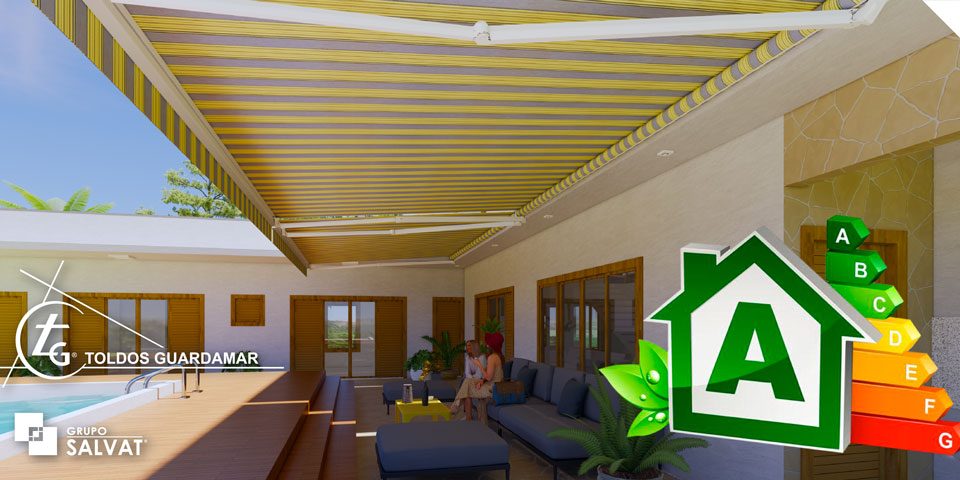Tips for conserving your awning
Esta entrada también está disponible en:  Spanish
Spanish
An awning can make the difference between being able to enjoy your terrace all year round or only when there are clouds, but no rain, and can bring great added value to your business, protecting windows from the inclement sun in summer or allowing you to set up an outdoor terrace for your bar or restaurant. However, in order for an awning to be really worthwhile, it must be properly maintained. The maintenance of awnings is simple, but it never hurts to remember some basic principles.
Maintenance of awnings: how to extend the life of your awning
As with most products, awnings usually come with a small user manual, and it’s a good idea to read it and follow it as closely as possible, as no one will guide you better than the manufacturer. However, there are a few general considerations that do not depend on the type of awning or the brand, and are as follows:
- Cleaning the Awning regularly will prevent dirt from getting incrusted. To do this, it is necessary to vacuum the dust that covers it and clean the accumulated dirt with a wet cloth. If you add a little vinegar to the water, you will also help to protect the colour and prevent it from appearing excessively worn. If there are stains that resist disappearing, do not use abrasive products, opt for natural remedies such as bicarbonate or vinegar, which are less aggressive with fabrics.
- Try to avoid humidity. Awnings are placed outdoors and therefore tend to get wet when it rains, so most awnings incorporate a plastic layer or some kind of damp-proofing treatment. However, it is important that moisture is not embedded in the fabric and that we control the appearance of mold stains. To do this, avoid collecting the awning when it is very wet (it is preferable to leave it unfolded until it dries, if possible) and avoid creating puddles of water on it. We can also renew its waterproofing periodically with specific products.
- Check the mechanisms. The health of the awning also depends on its metal parts. Check them periodically and replace those that are damaged. It also controls the appearance of rust.







